The world hosts an astounding array of miniature fauna, each with unique attributes that challenge our perceptions of size and survival. The title for the smallest mammal is often attributed to the Etruscan shrew and the bumblebee bat, both akin in weight but distinct in habitat and lifestyle.
The Etruscan shrew, foraging through the European underbrush, weighs a mere 2 grams. Despite its size, it has a voracious appetite, needing to consume twice its body weight daily.
Meanwhile, the bumblebee bat, found in Thailand and Myanmar, flutters through the night as light as its namesake insect. This critically endangered bat is in dire need of conservation efforts.
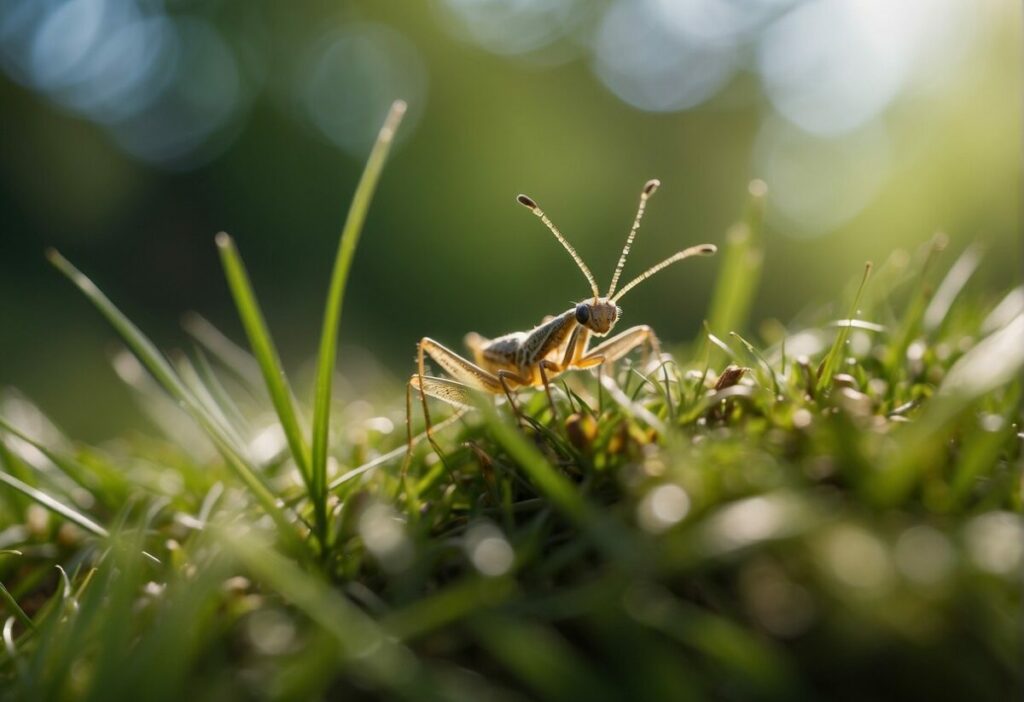
In the lush rainforests of South America, the pygmy marmoset clings to the trees as the world’s smallest primate. They weigh a mere 100 grams and communicate with intricate vocalizations, an essential element of their social structure.
Ensuring the preservation of these minuscule animals is imperative, as their existence is intricately tied to the health of their respective ecosystems, often under threat from human activities.
Paedocypris Progenetica
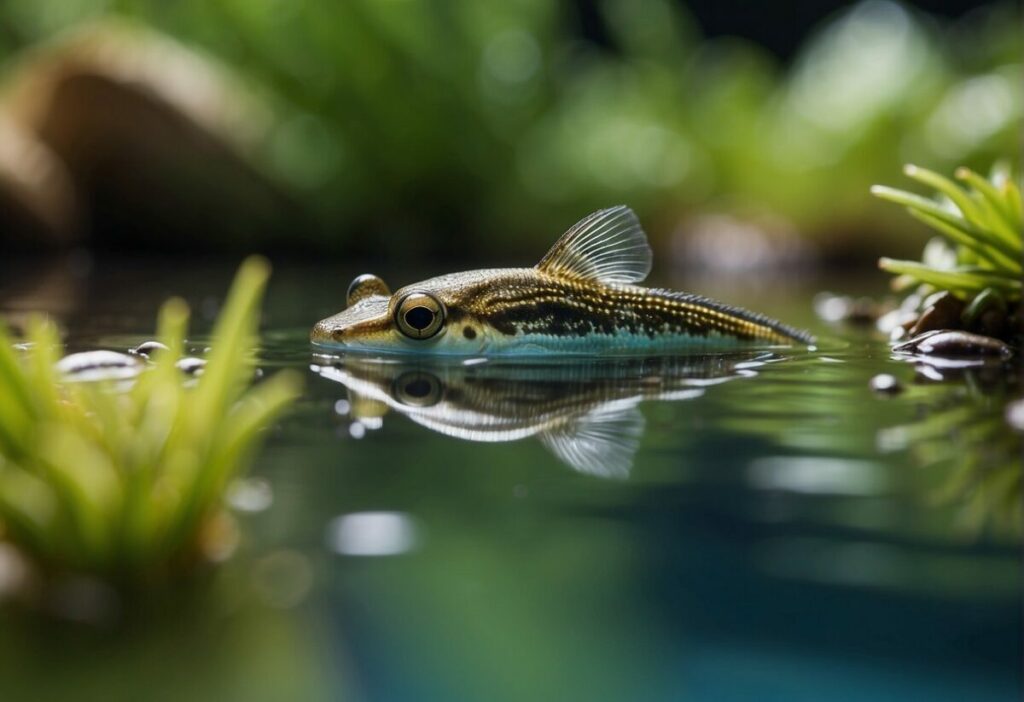
Paedocypris progenetica, a member of the cyprinid fish family, is renowned for its diminutive size. These fish are endemic to the Indonesian islands of Sumatra and Bintan and inhabit acidic peat swamps and blackwater streams.
Size Specifications:
- Maximum standard length for females: 10.3 mm.
- The smallest mature female recorded: 7.9 mm.
Its minute stature places Paedocypris progenetica amongst the smallest known fish and vertebrates worldwide. Despite their tiny size, these fish have astonishing adaptability to extreme environments inhospitable to most other species.
Habitat and Adaptations:
- Peat swamps: Acidic water with low oxygen levels.
- Blackwater streams: Tea-colored waters due to the heavy vegetative decay.
The survival of Paedocypris progenetica is susceptible to ecological changes, including habitat loss and environmental degradation. This underscores the need for conservation efforts to ensure their continued existence.
Brookesia Micra
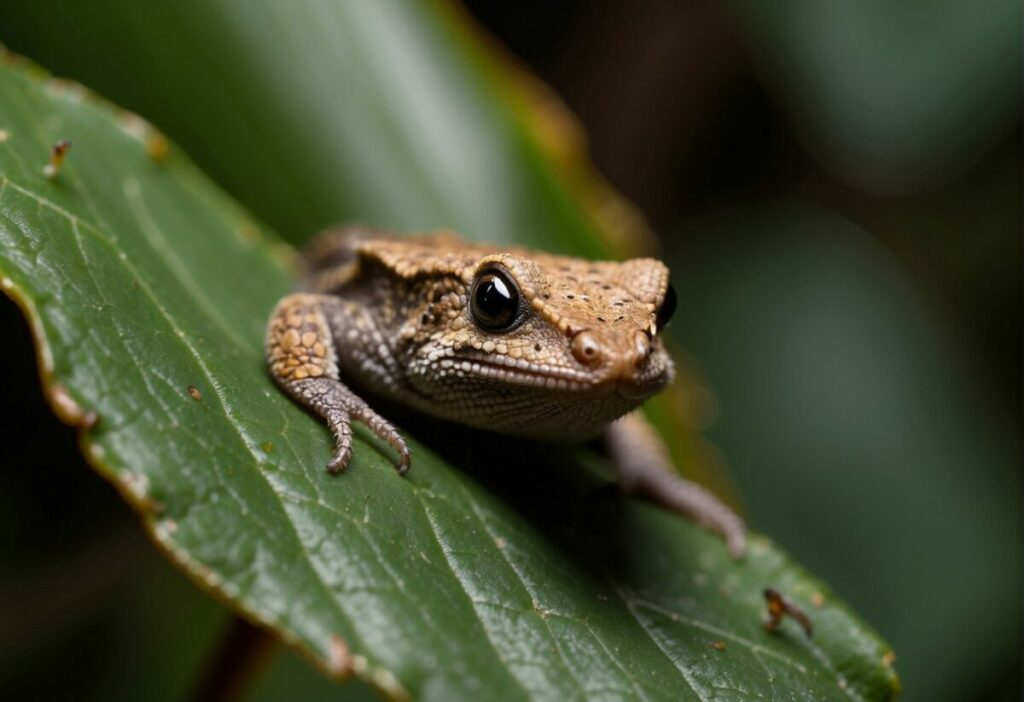
Brookesia Micra, known as the Nosy Hara leaf chameleon, resides on the Nosy Hara islet off Madagascar’s coast. This species was once considered the smallest chameleon and one of the tiniest reptiles globally. But, the discovery of Brookesia nana challenged its status, potentially taking the title of the smallest reptile.
- Location: Nosy Hara islet, Madagascar
- Size: Length can reach up to 29 mm
- Conservation Status: Details on conservation status are not readily available, but habitat specificity could indicate potential vulnerability.
Adult Brookesia Micra chameleons display a range of colors, aiding in camouflage. The Jaragua dwarf gecko (Sphaerodactylus ariasae), another contender for the smallest reptile, shares the spotlight with these minuscule chameleons. Despite their size, these tiny animals’ ecological roles and behaviors remain significant within their respective ecosystems.
Kitti’s Hog-Nosed Bat
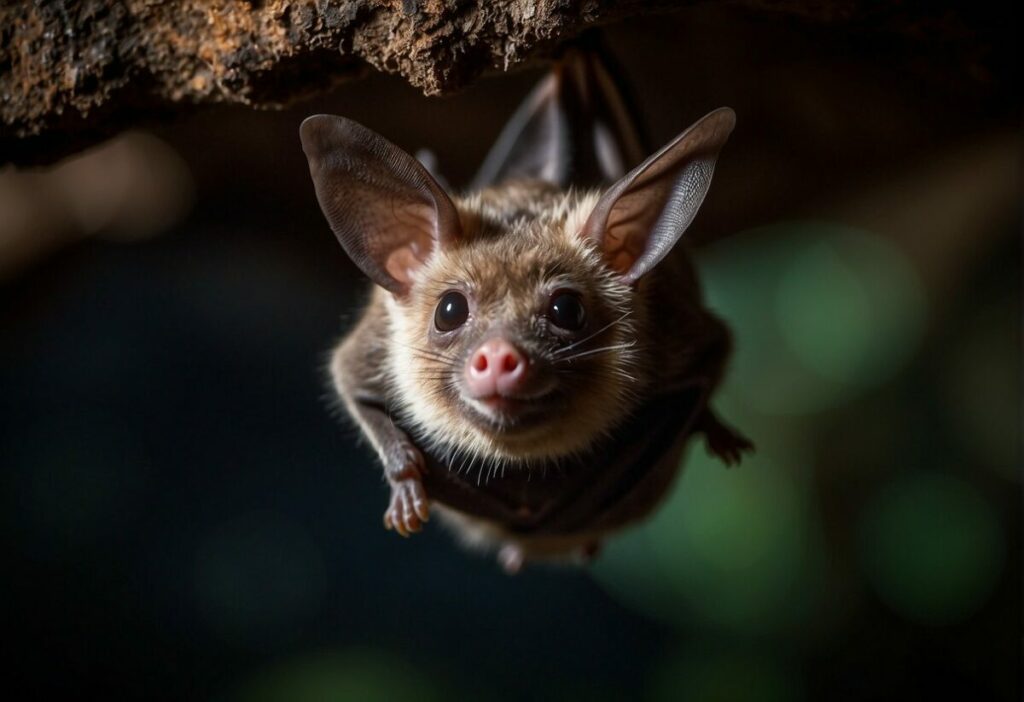
The Kitti’s hog-nosed bat, also known as the bumblebee bat (Craseonycteris thonglongyai), competes for the title of the world’s smallest mammal. Characterized by its distinctive pig-like snout, this tiny bat’s body length measures only about 29 to 33 mm.
Habitat:
They reside in limestone caves along rivers in Thailand and Myanmar. These caves provide the necessary roosting and breeding sites for their survival.
Population:
- Average colony size: 100 individuals per cave
- Range of colony sizes: 10 – 500 individuals
Despite its charming size, the bumblebee bat faces serious threats. It is listed as vulnerable due to habitat destruction and disturbances in its cave ecosystems.
Conservation Status:
- IUCN Red List: Vulnerable
- Threats: Habitat destruction, human encroachment
See Related: Different Types of Bats in the World
Etruscan Shrew
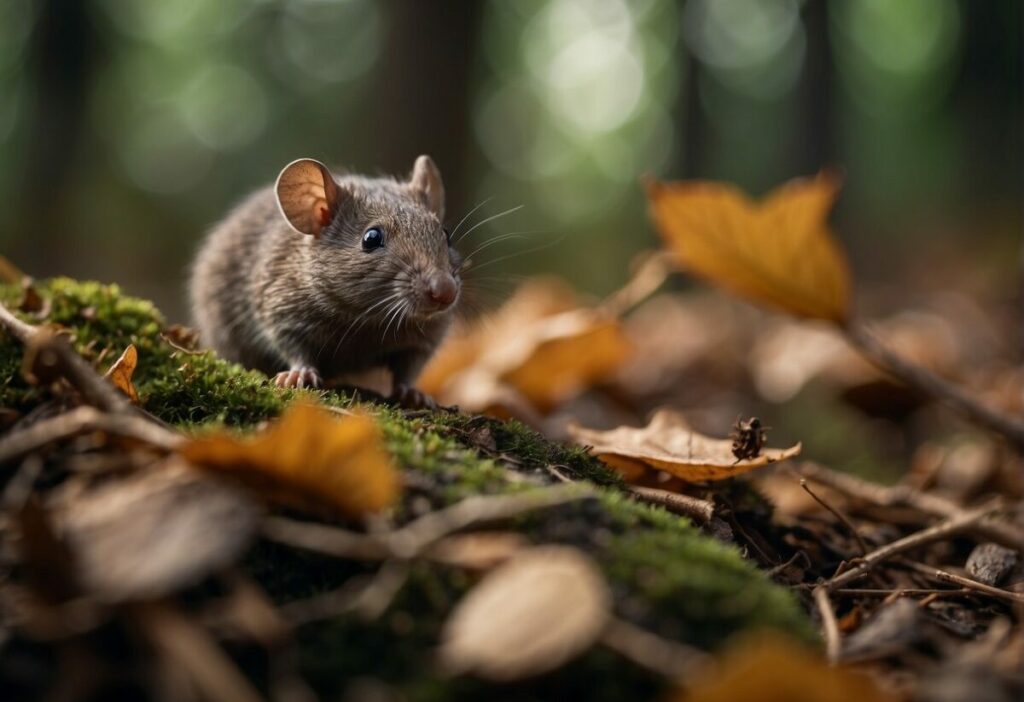
The Etruscan shrew (Suncus etruscus) holds the distinct title of the smallest mammal by mass. On average, it tips the scales at just around 1.8 grams. Despite their minuscule size, they are ravenous eaters, consuming about 1.5 to 2 times their body weight daily.
- Size: Typically, the body length is approximately 4 centimeters (1.6 inches), not including the tail.
- Habitat: These shrews find homes in warm environments, such as Southern Europe, Northern Africa, and Southern Asia, favoring habitats like rock crevices and shrubbery.
- Diet: It has a varied diet, including insects, larvae, and even small vertebrates.
- Conservation Status: The species is listed as Least Concern, indicating a stable population in the wild.
Characterized by rapid movements, the Etruscan shrew illustrates well how animals have adapted to ecological niches, excelling in their miniature world.
Bee Hummingbird
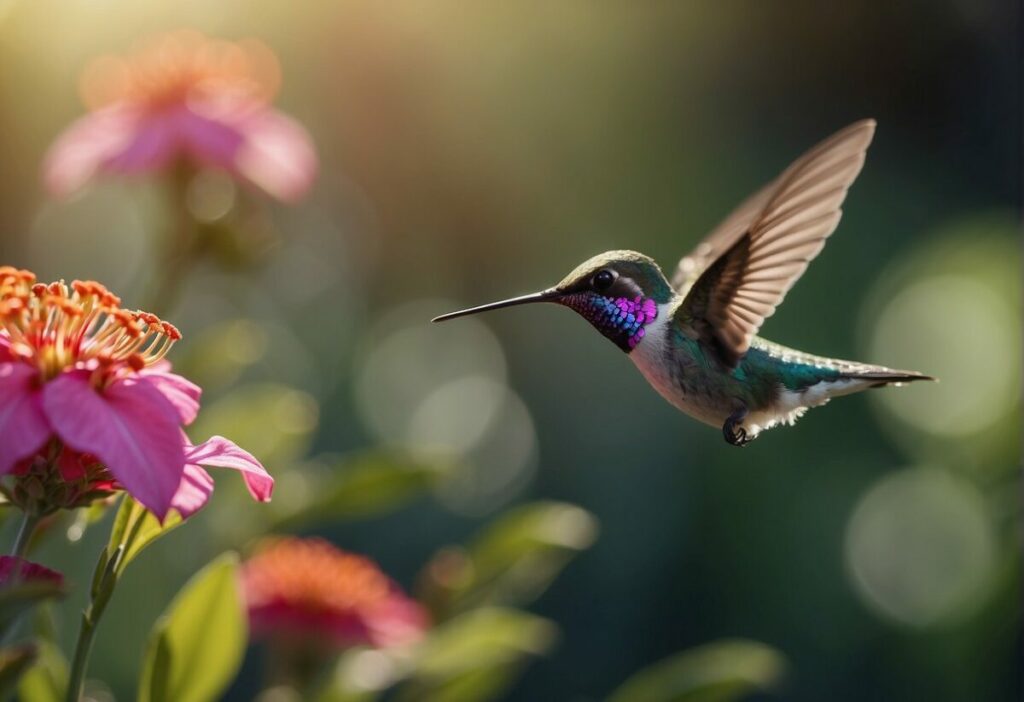
The Bee Hummingbird (Mellisuga helenae) holds the title of the ‘smallest bird worldwide.’ This tiny avian marvel is native to Cuba and measures an astonishing length of about 2.25 inches.
The female is slightly larger than the male, which is typical for hummingbirds. Despite their minuscule size, Bee Hummingbirds have wingspan extending up to approximately 3.25 inches.
- Weight: The male weighs around 1.95 grams, lighter than a small coin.
- Appearance: Males showcase a fiery-red throat with iridescent feathers.
- Wingspan: They have rapid wing beats, which allow them to hover like bees.
These birds frequent Cuba’s habitats, from dense forests to mountain valleys. They play a critical role in pollination due to their feeding habits.
Their conservation status is of least concern, but habitat loss impacts their population. Bee Hummingbirds are a fascinating example of Earth’s diverse and specialized forms of life.
Barbados Threadsnake
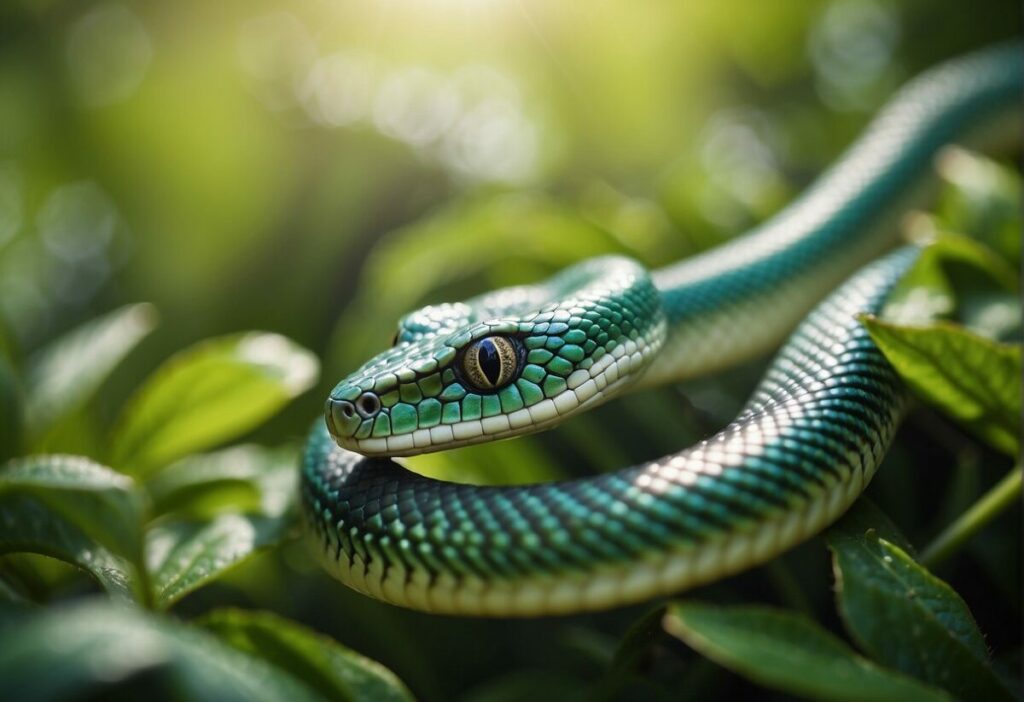
The Barbados threadsnake (Tetracheilostoma carlae), also known as Leptotyphlops carlae, has earned the ‘world’s smallest snake’ title. This diminutive species averages only about 10 centimeters in length and is a native resident of the forests in eastern Barbados. Its slender body and earth-toned coloration enable it to blend effortlessly into the forest floor and easily slip under rocks.
- Size: Approximately 10 cm (4 inches)
- Weight: Around 0.6 grams (0.02 ounces)
- Habitat: Forests of eastern Barbados
- Lifestyle: Primarily burrowing, subterranean
- Vision: Reduced eyes due to underground living
The Barbados threadsnake’s tiny size doesn’t hinder its role in the ecosystem. It’s a fully equipped reptile with all the necessary anatomy for survival.
Conservation efforts are critical for this species as it faces habitat destruction and is listed as critically endangered. The protection of their native forests is essential to ensure the survival of these small yet significant animals.
See Related: Do Snakes Like Being Pet?
Speckled Padloper Tortoise
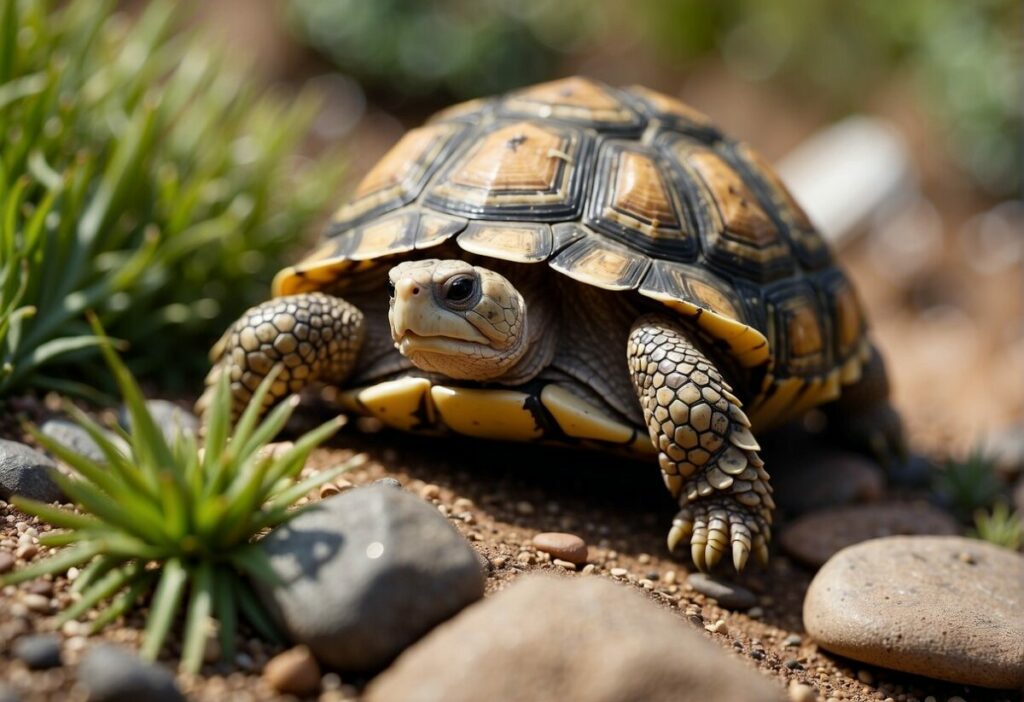
The Speckled Padloper Tortoise, scientifically named Chersobius signatus, holds the title of the smallest turtle on the planet. This diminutive reptile hails from South Africa and exhibits a distinctive bumpy shell dotted with rich variation in coloration.
Adult Size & Weight:
- Males: 2.4-3.1 inches (6-8 cm)
- Females: Up to 4 inches (10 cm)
- Weight: 3-5 ounces (95-165 grams)
Renowned as the “Speckled Dwarf Tortoise,” these small creatures feast primarily on a herbivorous diet. The species prefers the arid western regions of South Africa, where they dwell among rocky outcrops.
Conservation efforts are crucial, as their specific habitat requirements make them vulnerable to environmental changes. The diminutive size that charms observers also necessitates careful habitat management to ensure this species thrives for future generations to marvel at.
See Related: Exploring the Different Types of Tortoise
Dwarf Lantern Shark
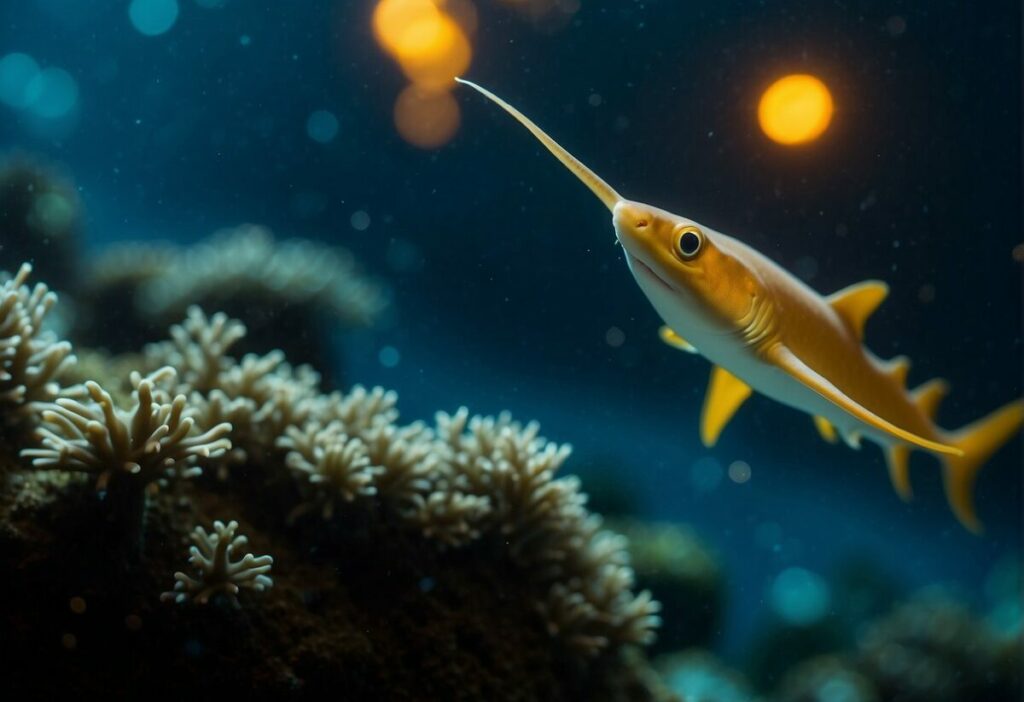
The Dwarf Lantern Shark (Etmopterus perryi) claims the title of the smallest shark in the world. Adult Dwarf Lantern Sharks grow to a maximum length of roughly 20 cm (8 inches), smaller than the average human hand.
Habitat: This elusive species resides in the deep waters off the northern coasts of South America, particularly near Colombia and Venezuela.
Appearance: They possess large eyes and nares, with bioluminescent organs that grant them a faint glow. This adaptation might aid in counter-illumination camouflage or attracting prey.
Diet: It preys mainly on zooplankton and small fish, suitable for its diminutive size.
Conservation Status: Limited sightings and their depth range (283-439 meters) make it challenging to understand their population. Consequently, their conservation status is currently unknown.
Western Pygmy Possum
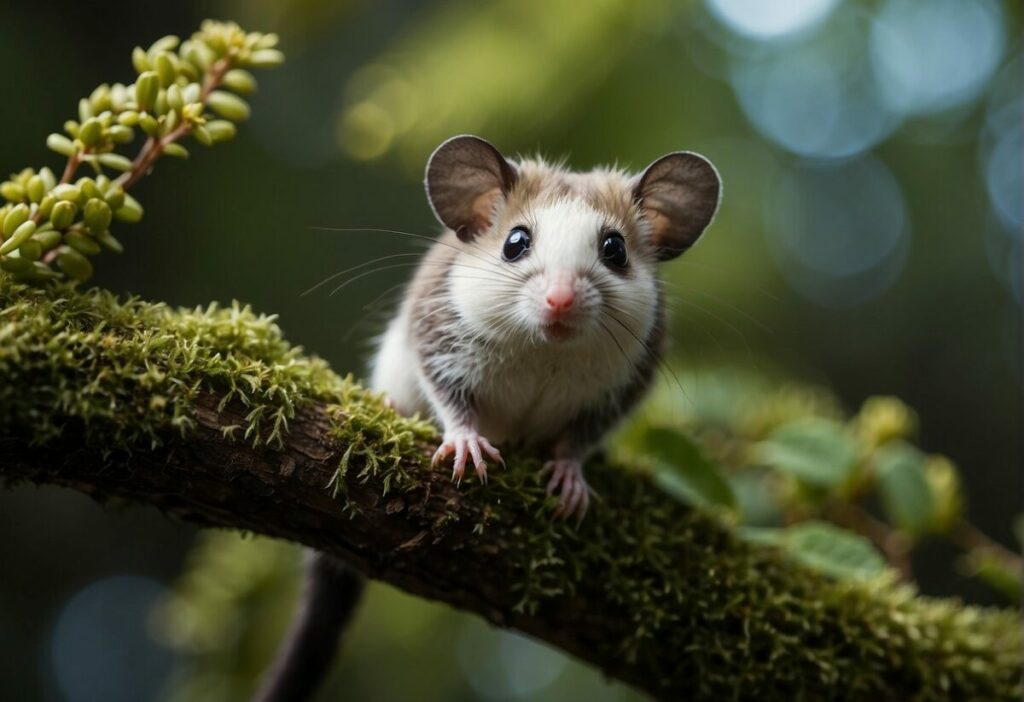
The Western Pygmy Possum, scientifically known as Cercartetus concinnus, is one of the world’s diminutive mammalian species. Native to Australia, this small marsupial boasts a body length of 5.7 to 7.2 cm and has a remarkable nocturnal lifestyle, preferring to spend days in the seclusion of tree cavities or nestled in leaves.
- Habitat: It inhabits various environments, from coastal heath to dry sclerophyll forests.
- Conservation: The species’ conservation status is not threatened, but habitat loss and predation pose significant risks to its populations.
An adult Western Pygmy Possum weighs a mere 10 to 45 grams. Its diet mainly consists of nectar, pollen, and small invertebrates, making it an important pollinator for various plants.
Despite its size, the possum has a prehensile tail, nearly equal to its body length, which it uses skillfully for stability and support while foraging through the foliage.
Pygmy Marmoset
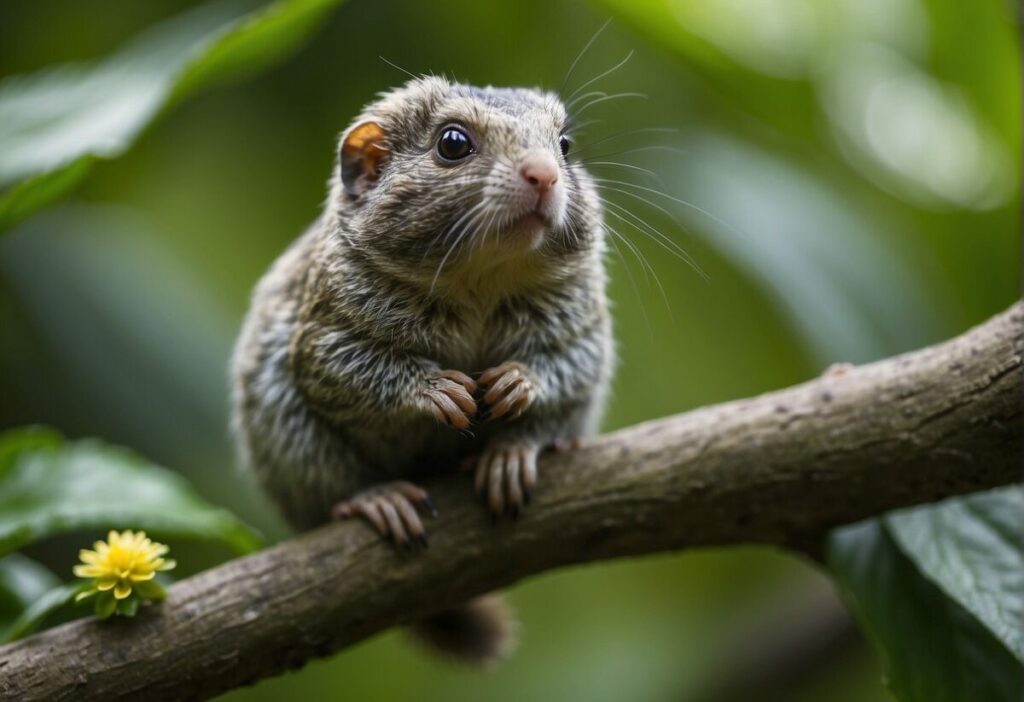
The Pygmy Marmoset (Cebuella pygmaea), known for its diminutive size, holds the title of the ‘smallest true monkey in the world.’ Adults have a head-body length of 4 to 6 inches and weigh around 100 grams. These tiny primates exhibit brown fur and are often mistaken for squirrels due to similar size and agility in trees.
- Habitat: They live in the Amazon regions of South America, including countries like Bolivia.
- Behavior: They reside in family groups called troops and communicate using a complex system of vocalizations.
- Diet: They feed on tree sap, insects, and fruit.
- Conservation Status: They are listed as Least Concern due to their wide distribution and large population.
While the Pygmy Marmoset impresses with its size, it’s not the smallest primate. This distinction goes to Madame Berthe’s Mouse Lemur (Microcebus berthae), found in Kirindy Mitea National Park in Western Madagascar, weighing approximately 30 grams. Mouse lemurs like this species face threats from habitat destruction and require conservation efforts to ensure their survival.